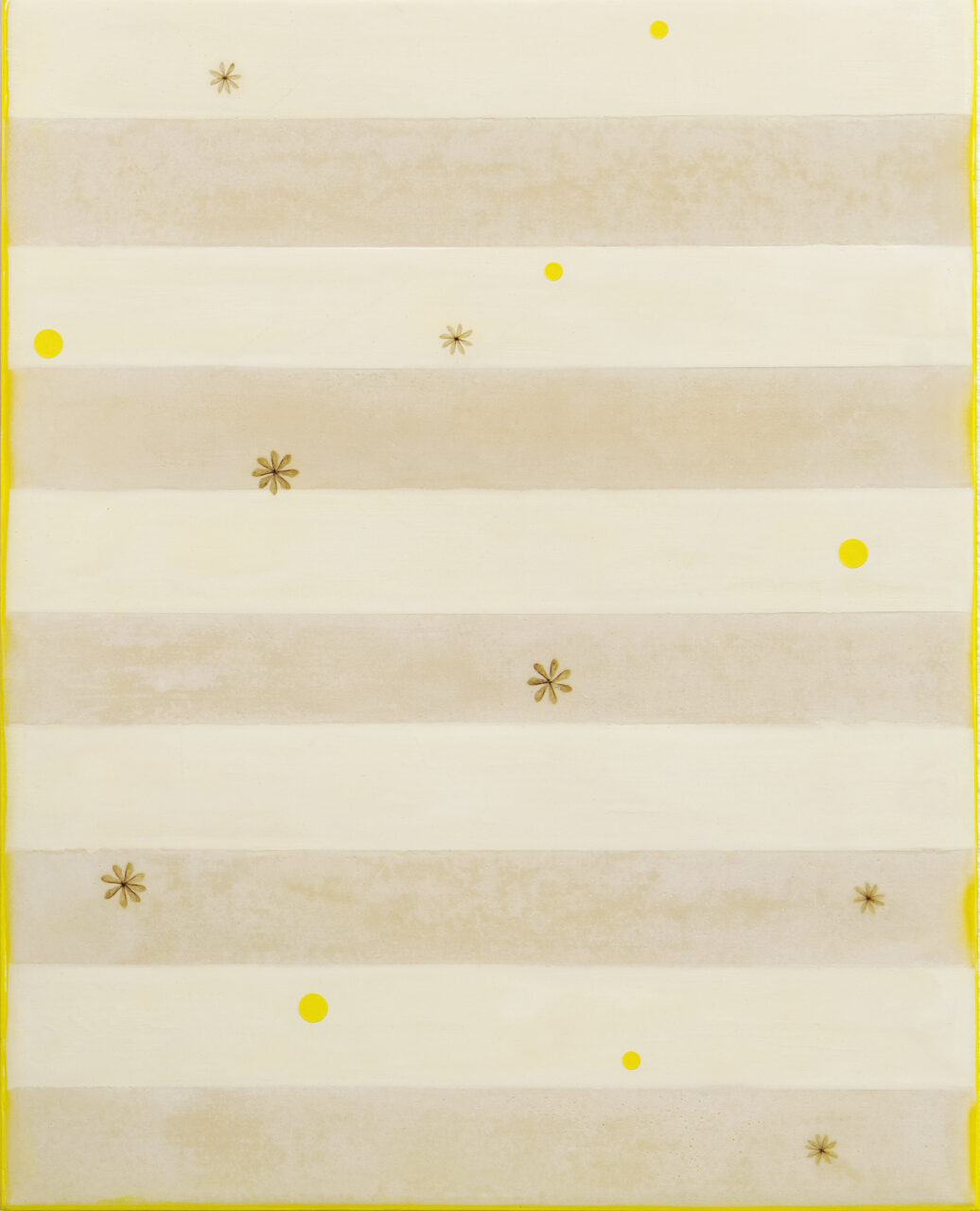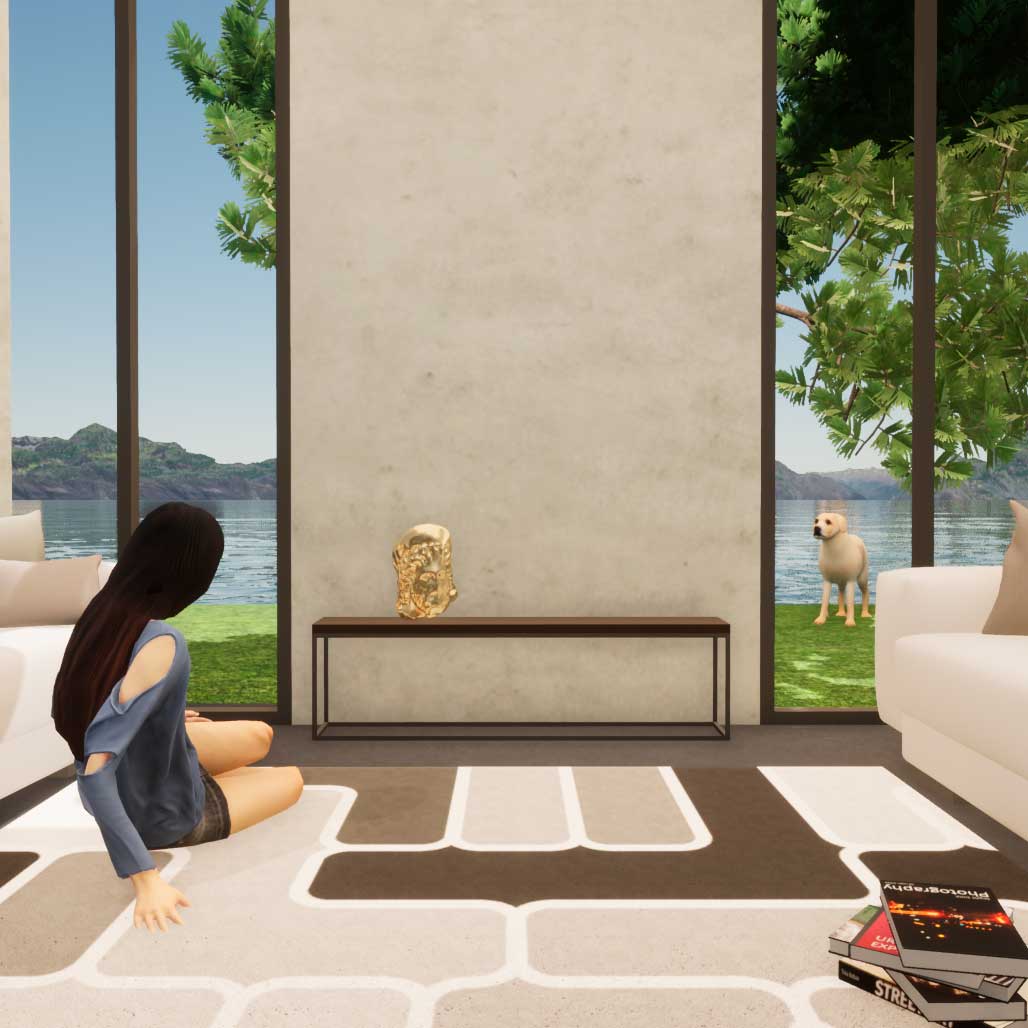Description
Dirk Meinzer has a special eye on the intensity of artistic creation when he wants to make countless bees dance that have been given to him by a beekeeper from the area because they have died. For this he creates a kind of tableau vivant on which the bees' wings unfold their luminosity like flower blossoms.
Phosphorescent materials used in this process show a bland color during the day, while in [...]
Read more
Dirk Meinzer has a special eye on the intensity of artistic creation when he wants to make countless bees dance that have been given to him by a beekeeper from the area because they have died. For this he creates a kind of tableau vivant on which the bees' wings unfold their luminosity like flower blossoms.
Phosphorescent materials used in this process show a bland color during the day, while in the dark they emit energy in the form of radiation, an afterglow. Materials - natural, for example of animal or vegetable origin, as well as anthropogenic - represent a starting point for Meinzer's artistic practice. Examined for their diverse possibilities of transformation, they are found in their very own orchestrations. The sometimes "magical" connections they enter into are not, however, exhausted in the sheer presence of object-ness. Rather, they transcend their now through their own »stories of passion« like a prism: in the present draft, for example, the title alludes to Greco-Roman mythology, which has historically been taken up equally by poetry and the visual arts. Well-known is the motif of Cupid stung by a bee, which appears in the works of Lucas Cranach the Elder. Ä., Albrecht Dürer or Clemens von Zimmermann, but also in the tradition of a certain lyric, the anacreontic, by Ludwig C.H. Hölty or Gotthold Ephraim Lessing. Color field-like abstractions on which the artist bases his collages also refer to his genuine field, art itself.
With the dead bees removed, Meinzer not only invokes "nature" and a fascination for her beauty, but also, in the sense of an abjective relationship, disgust and disgust for her and thus at the same time cultural-theoretical, psychoanalytic discourses. Structures of desire carried out secretly or in encrypted form - the bees dancing at night, the Cupid stung for his part, the artistic pathos in general - allows Meinzer to implode in a controlled manner. This is also borne out by ironic, decorative comments in which comparable of his tableaux mutate into a »feminine« interior, for example into a window picture-in-picture, a floating shower curtain or a computer decorated with flower stickers. In a laconic gesture, passion is relegated to its place as a phenomenon of everyday life, even repulsive kitsch. It can only remain in "art" insofar as it tacitly surrenders to the break with the sacrosanct in order to experience ambivalences of desire and disgust, artistic pathos and trinkets and thus expose passion to appropriate criticism. - »Libido artistica«, abjection and kitsch are presented as delicate panel paintings. The jury concludes its assessment with the words: "Meinzer gets his found footage from the Lüneburg landscape in order to let it unfold its peculiarly fascinating effect in a new, almost lively form."
Cornelia Castelan for Daniel Frese Price
Read less



